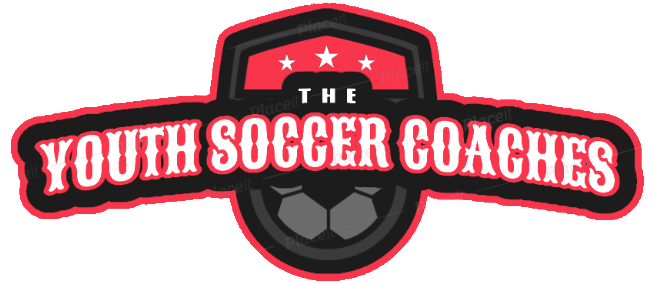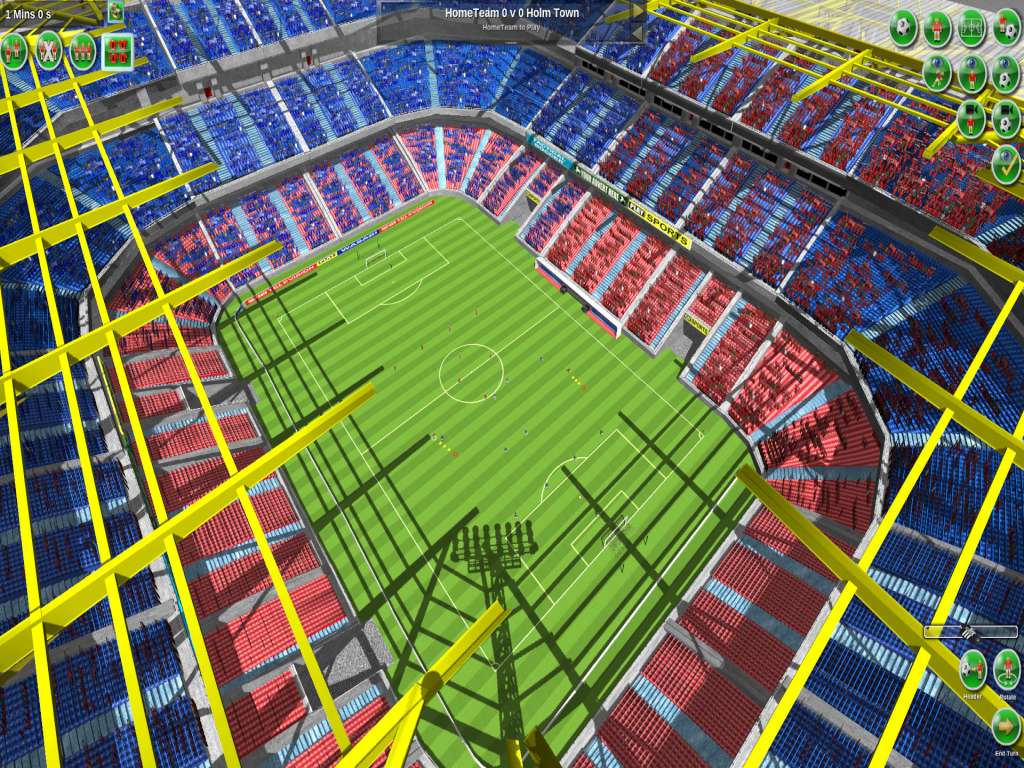
To summarize, both tactical factors (i.e., playing position and tactical formation) have an influence on soccer match performance. Lastly from a tactical perspective, teams in a 3-5-2 formation can be more compact and, therefore, can put more pressure on the opposing attacking team than teams in a 4-4-2 formation ( Memmert et al., 2019). By contrast, looking at the technical performance, players in a 4-4-2 formation display more passes than in other formations ( Bradley et al., 2011 Arjol-Serrano et al., 2021). Teams playing in a formation with three central defenders (e.g., 3-5-2) tend to be more physically demanded in comparison to teams with two central defenders (e.g., 4-4-2 Forcher et al., 2022b). Similarly, the tactical formation of a soccer team impacts the match performance of a single player and the whole team. For example, central midfielders indicate more ball-possessions than other positions ( Dellal et al., 2010) and wide positions (defenders & midfielders) run the greatest distances at high-intensity and sprinting speed zones ( Rivilla-Garcia et al., 2018 Aquino et al., 2020 Paraskevas et al., 2020). It is widely accepted that the playing position has a large impact on technical as well as physical match performance ( Dolci et al., 2020). Typical tactical factors that influence the match performance of soccer players are the playing position or the tactical formation. Similarly, the interest in the influence of tactical factors on soccer performance has also increased recently ( Modric et al., 2020 Vilamitjana et al., 2021). Particularly, current reviews highlight the offensive and defensive tactical performance of single players, groups, and whole teams, thus pointing to the great opportunities in-game analysis research ( Lepschy et al., 2018 Goes et al., 2020 Forcher et al., 2022a). Furthermore, since computer technology and science allowed researchers to deal with larger data sets, the construct of the tactical soccer performance received increasing attention ( Sarmento et al., 2018). Physical and technical match performance has been investigated frequently ( Dolci et al., 2020 Forcher et al., 2022b). In recent years, scientific interest in soccer match performance has markedly increased. The provided information can support coaches in understanding the effects of their in-game decisions. Therefore, the quality of the formation changes of the different coaches varied. Depending on the season, formation changes had varying impacts on the performance, indicating coach-specific differences.
#Tactical soccer club professional#
Over all three seasons, the formation changes had a positive effect on the match performance of the analyzed team, highlighting their importance in professional soccer. Depending on the season, the extent of the impacts varied (season 1: mean ES = 0.71 season 2: mean ES = 0.26 and season 3: mean ES = 0.22). Furthermore, the results indicate that the success of the respective formation change was dependent on the responsible coach. Similarly, the team conceded fewer opposing goals/chances/scoring zone entries in the 10 min after the formation change (mean ES = 0.35). In the 10 min after the formation change, the team achieved more goals/chances/scoring zone entries than in the 10 min before the formation change (mean ES = 0.52). Non-parametric tests were used to compare the 10 min before with the 10 min after the formation change, as well as games with and without formation change. The match performance was measured on a team level using the variables “goals,” “chances,” and “scoring zone” entries (≙successful attacking sequence) for the own/opposing team. For every season, the formation changes that occurred during games were recorded. We investigated three consecutive seasons of an elite team in the German Bundesliga which were managed by three different coaches, respectively. This study aimed to examine the effects of in-game changes in tactical formation on match performance and to analyze coach-specific differences.

The tactical formation has been shown to influence the match performance of professional soccer players.

3TSG ResearchLab gGmbH, Zuzenhausen, Germany.

2TSG 1899 Hoffenheim, Zuzenhausen, Germany.1Institute of Sports and Sports Science, Karlsruhe Institute of Technology, Karlsruhe, Germany.Leon Forcher 1,2 *, Leander Forcher 1, Darko Jekauc 1, Hagen Wäsche 1, Alexander Woll 1, Timo Gross 2 and Stefan Altmann 1,3


 0 kommentar(er)
0 kommentar(er)
